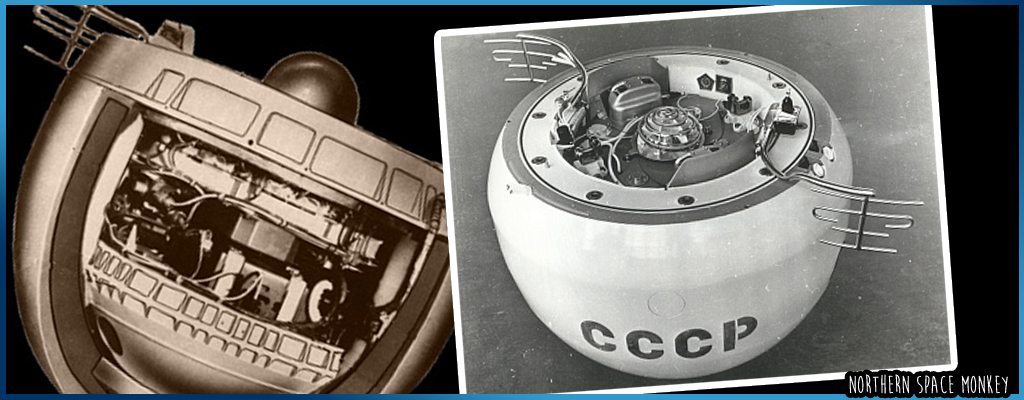


Reentry is inevitable for anything failing to escape the gravitational pull of our planet. The process of falling back to Earth may take minutes, days, weeks or years - but the guarantee is there; If you don't escape the pull back, you'll be meeting a lot of atmosphere at high speed at some point.
In March 1972, Russia launched a Molniya rocket with a capsule, Kosmos 482, bound for our neighbour, Venus. The mission brief, as other previous launches, was to enter a parking orbit around Earth and then fire engines to intercept Venus at the right moment. However, the escape from Earth failed - most likely due to a premature engine shutdown. Part of the original launch vehicle made it back to Earth in 1981 and 1983, however, since 1972, part of it has been orbiting Earth - likely the descent sphere due to the size on radar.
Originally the probe would have descended on a parachute mechanism (which will now be non-functional), allowing a controlled descent of the half-ton probe. Whilst Earth's atmosphere has the capability to vapourise the capsule at the velocity it will reenter at, the heat shield on the probe designed to protect it on descent to Venus could offer protection as it descends. This could provide the half-ton sphere a chance of making it to the ground mostly intact, leaving a sizable crater in the ground / your house / your garden when it impacts at around 150mph.
The trajectory and landing site is being monitored, currently estimated between latitude 52N and 52S. As the probe continues it's path downward, the landing site will be recalculated more accurately.
It is hoped that the heat shield may have failed or become loose during it's decades orbiting our little rock, leading to the disintegration of the capsule. Time will tell ...
Keywords: Space Satellite Kosmos Reentry CCCP Capsule Probe Failure